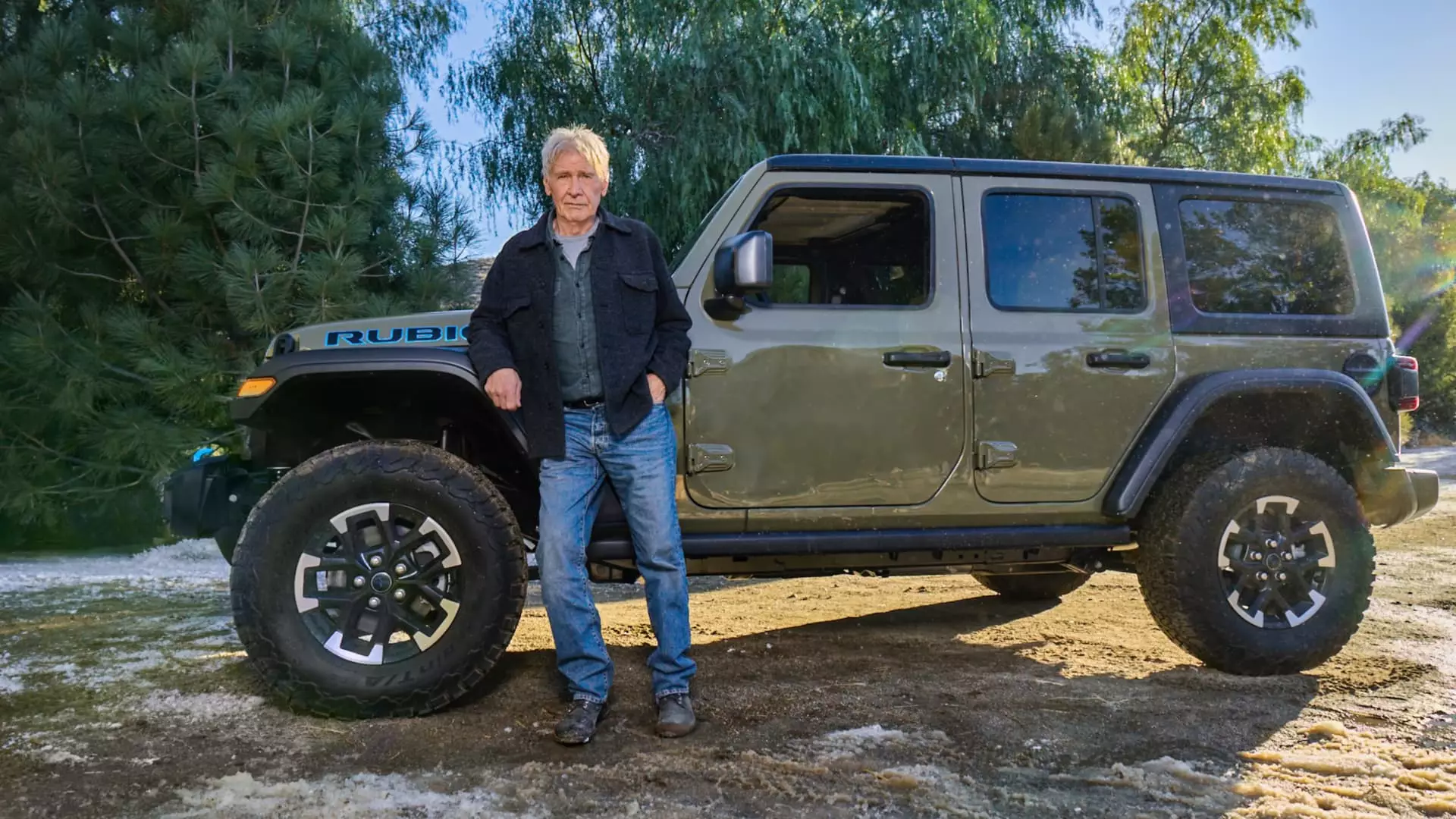In a move that emphasizes both resilience and strategic foresight, Stellantis, the parent company of infamous brands like Ram and Jeep, became the sole automaker to premiere commercials during Super Bowl 59. This decision comes at a time when the automotive industry grapples with significant turmoil, including economic fluctuations and transitions to electric vehicles (EVs). In interviews following the event, Olivier Francois, Stellantis Chief Marketing Officer, delineated the rationale behind this bold choice while positioned against a backdrop of industry-wide uncertainty.
The immediate impetus for Stellantis’s participation in the Super Bowl surfaced after the unexpected departure of CEO Carlos Tavares in December. This transition raised several eyebrows and led to questions surrounding the company’s future direction. In what can be seen as a clarion call to invigorate the company’s image, Chairman John Elkann reached out to Francois with a specific intent—to utilize the Super Bowl as a platform to signal a robust commitment to the U.S. market. “I want something. I want to make a comeback. We want to show, to express, that comeback story,” Elkann stated, emphasizing the importance of America within Stellantis’s broader corporate strategy.
Historically, Francois has embedded a unique narrative approach into Stellantis’s marketing campaigns, notably characterized by evocative storytelling rather than straightforward vehicle promotion. These ads often feature prominent cultural figures, weaving deeper societal themes that resonate with audiences beyond just automotive sales.
Instead of producing standard car commercials, Stellantis opted for a more heartfelt approach. Francois invoked the legacy of the late Sergio Marchionne, former CEO and an advocate for bold promotions. Marchionne’s ethos centered around seizing opportunities without fear of failure, a philosophy ideal for combating mediocrity in marketing campaigns. This year’s Super Bowl executions revisited this spirit of daring creativity, illustrated through narrative-driven content featuring renowned celebrities.
The ad campaign for Ram Trucks, infused with humor and light-heartedness, diverged slightly from Stellantis’s typical tone, while a two-minute Jeep ad served as a more nostalgic nod to the successful past campaigns that paired celebrity personas with storytelling. In this higher-stakes environment, scaling back to safe, comedic tropes may risk diluting the potential impact of automotive marketing—a territory where Stellantis has excelled.
Interestingly, the creation of the Jeep ad starring Harrison Ford marks a significant shift from conventional advertising approaches. Instead of relying solely on the expertise of external agencies, Francois took a hands-on approach alongside personal contacts to draft the initial script. Ford’s subsequent agreement to participate stemmed from what he described as an “intriguing” narrative, distancing the ad from typical promotional formulas by focusing on universal themes like freedom and individuality.
The creative direction here shows a daring departure from the “sell, sell, sell” mentality that dominates automotive campaigns; instead, it prioritizes engagement with emotional narratives that resonate on a human level. Ford quipped, “Choose what makes you happy,” inviting audiences to get behind the wheel of a Jeep not merely as a purchasing decision but as a lifestyle philosophy.
The absence of competing automobile brands during the Super Bowl illustrates deeper challenges within the industry. Many automakers hesitated to enter the advertising arena due to lackluster results in previous years. The overwhelming emphasis on electric vehicles, oftentimes advertising technology not yet available to consumers, left brands scrambling to motivate their target audience. Stellantis’s opportunistic approach emerged from these pitfalls; instead of focusing solely on EVs, it balanced messages about traditional combustion engines and hybrids, ultimately adopting a more comprehensive view of automotive possibilities.
Francois articulated a sense of liberation, mentioning, “I was able to improvise in the moment,” highlighting the importance of adapting strategies to suit changing landscapes. Critical timing and dynamic messaging prove integral as consumer behaviors shift and evolve.
In retrospect, Stellantis’s decision to monopolize the Super Bowl advertising slot signals both a commitment to revitalization and a strong pivot toward the future. The decision to leverage celebrity-driven, emotionally resonant narratives more than pays for itself in potential consumer outreach and brand loyalty. As the industry continues its transformation amid significant technological shifts, Stellantis demonstrates that creativity and adaptability may very well be the key to driving sustained success in a rapidly changing market. The focus should remain not just on what is sold, but on how it relates to the lives and stories of consumers—an approach that is becoming increasingly vital in today’s advertising landscape.

Leave a Reply